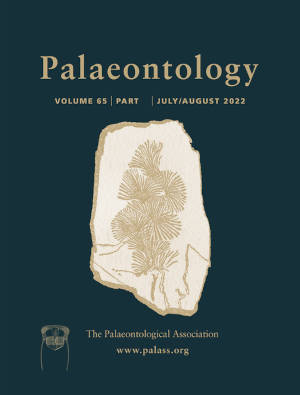Article: Experimental analysis of organ decay and pH gradients within a carcass and the implications for phosphatization of soft tissues
Publication: Palaeontology
Volume:
65
Part:
4
Publication Date:
2022
Article number:
e12617
Author(s):
Thomas Clements, Mark A. Purnell, and Sarah Gabbott
Abstract
Abstract Replacement of soft tissues by calcium phosphate can yield spectacular fossils. However, in the fossil record, the phosphatization of internal organs is highly selective; some internal organs, such as muscles, stomachs, and intestines, appear to preferentially phosphatize while other organs seldom phosphatize. The reasons for this are unclear but one hypothesis is that, during decay, organs create distinct chemical microenvironments and only some fall below the critical pH threshold for mineralization to occur (i.e. below the carbonic acid dissociation constant: pH 6.38). Here, we present a novel investigation using microelectrodes that record dynamic spatial and temporal pH gradients inside organs within a fish carcass in real time. Our experiments demonstrate that within a decaying fish carcass, organ-specific microenvironments are not generated. Rather, a pervasive pH environment forms within the body cavity which persists until integumentary failure. With no evidence to support the development of organ-specific microenvironments during decay our data suggest other factors must control differential organ phosphatization. We propose, that when conditions are amenable, it is tissue biochemistry that plays an important role in selective phosphatization. Tissues with high phosphate content (and those rich in collagen) are most likely to phosphatize. Internal organs that typically have lower tissue-bound phosphate, including the integuments of the stomach and intestine, may require other sources of phosphate such as ingested phosphate-rich organic matter. If tissue biochemistry is the driver behind selective phosphatization, this may provide insights into other highly selective modes of soft-tissue preservation (e.g. pyritization).
